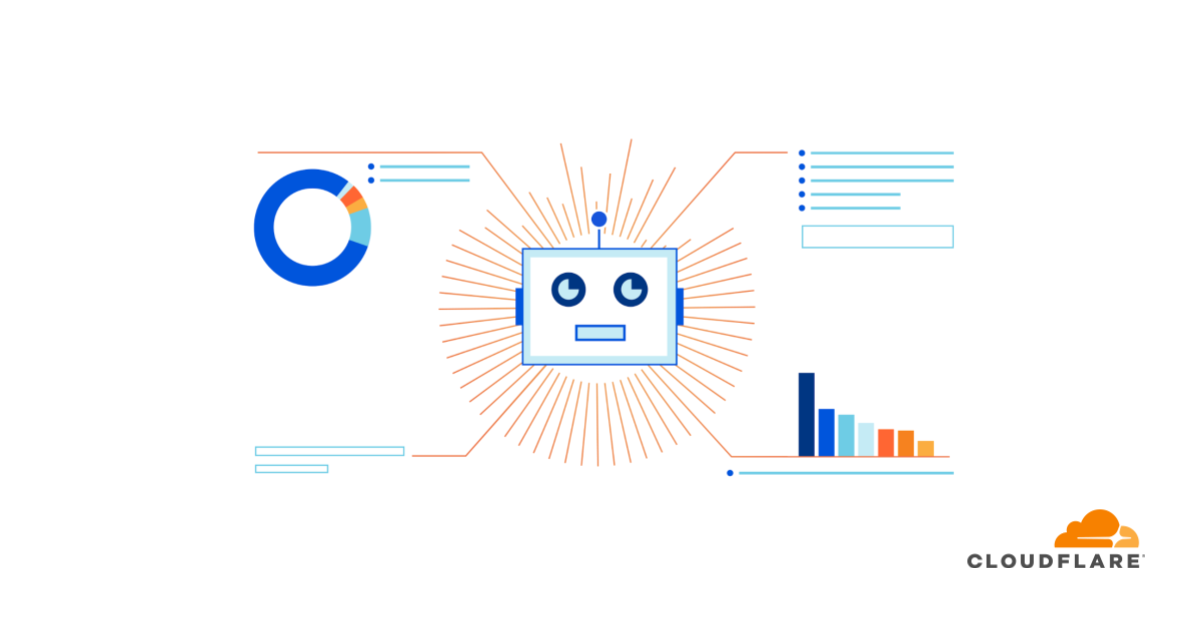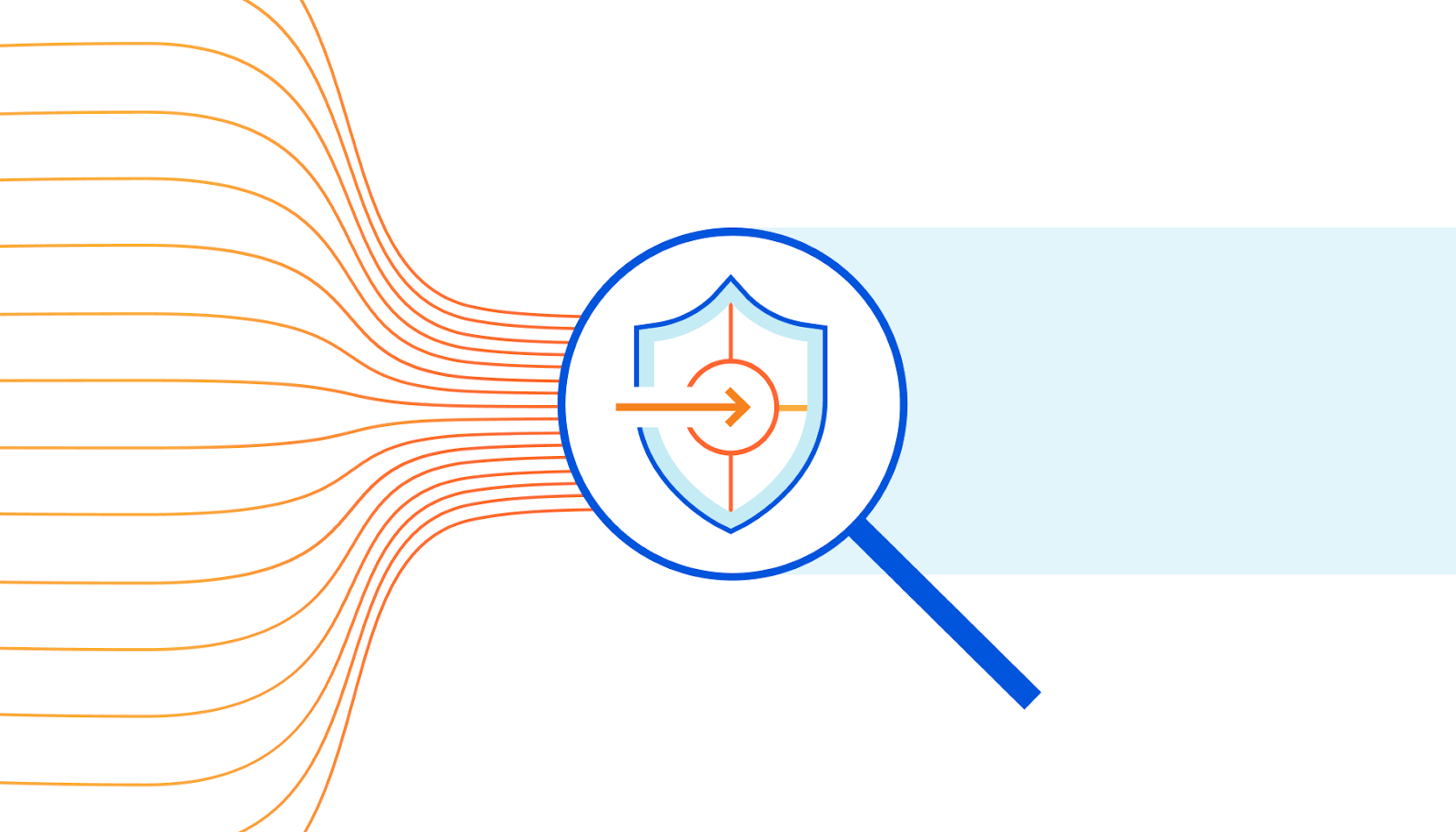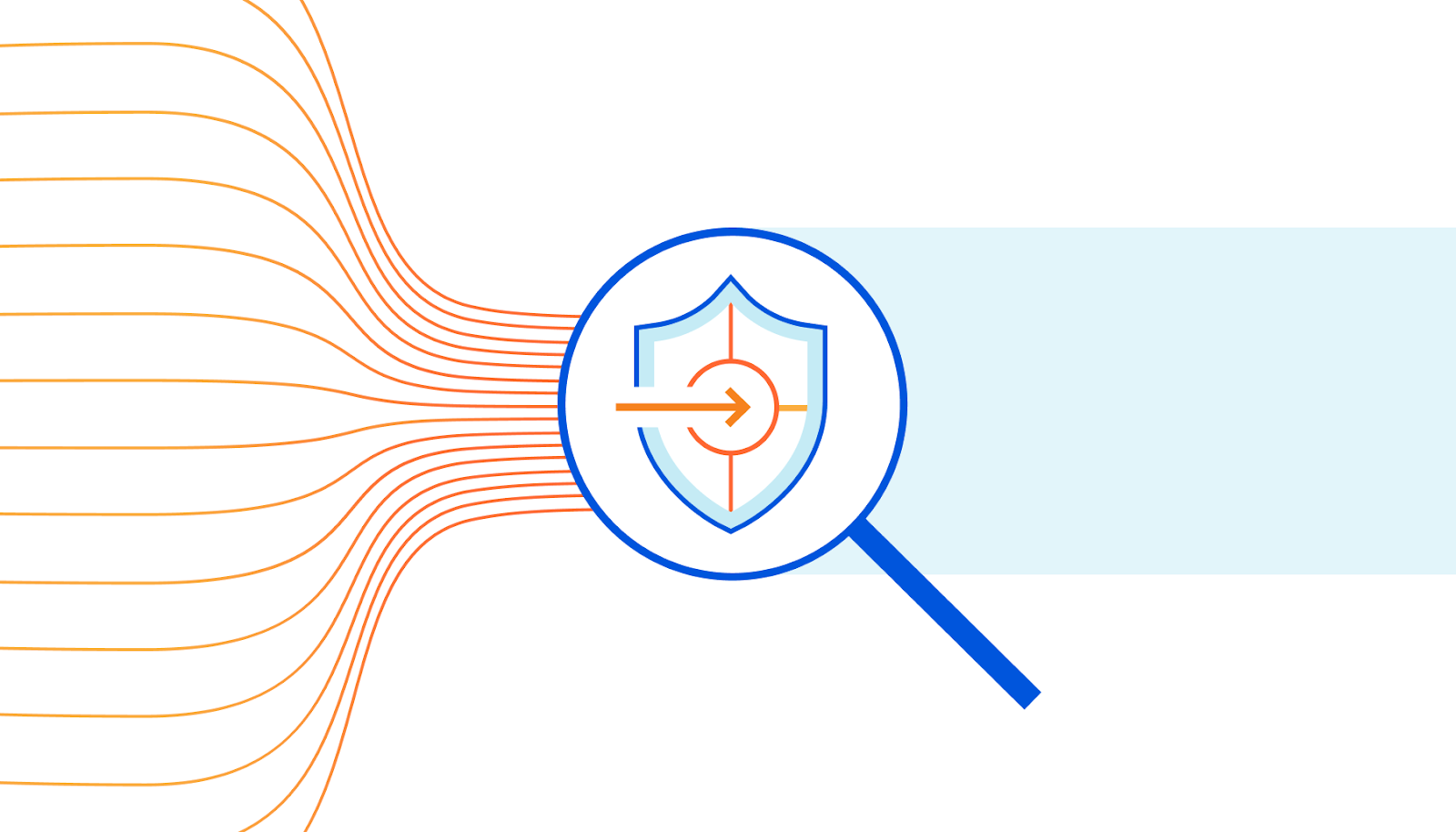SAD DNS Explained

This week, at the ACM CCS 2020 conference, researchers from UC Riverside and Tsinghua University announced a new attack against the Domain Name System (DNS) called SAD DNS (Side channel AttackeD DNS). This attack leverages recent features of the networking stack in modern operating systems (like Linux) to allow attackers to revive a classic attack category: DNS cache poisoning. As part of a coordinated disclosure effort earlier this year, the researchers contacted Cloudflare and other major DNS providers and we are happy to announce that 1.1.1.1 Public Resolver is no longer vulnerable to this attack.
In this post, we’ll explain what the vulnerability was, how it relates to previous attacks of this sort, what mitigation measures we have taken to protect our users, and future directions the industry should consider to prevent this class of attacks from being a problem in the future.
DNS Basics
The Domain Name System (DNS) is what allows users of the Internet to get around without memorizing long sequences of numbers. What’s often called the “phonebook of the Internet” is more like a helpful system of translators that take natural language domain names (like blog.cloudflare.com or gov.uk) and Continue reading
Automated Origin CA for Kubernetes


In 2016, we launched the Cloudflare Origin CA, a certificate authority optimized for making it easy to secure the connection between Cloudflare and an origin server. Running our own CA has allowed us to support fast issuance and renewal, simple and effective revocation, and wildcard certificates for our users.
Out of the box, managing TLS certificates and keys within Kubernetes can be challenging and error prone. The secret resources have to be constructed correctly, as components expect secrets with specific fields. Some forms of domain verification require manually rotating secrets to pass. Once you're successful, don't forget to renew before the certificate expires!
cert-manager is a project to fill this operational gap, providing Kubernetes resources that manage the lifecycle of a certificate. Today we're releasing origin-ca-issuer, an extension to cert-manager integrating with Cloudflare Origin CA to easily create and renew certificates for your account's domains.
Origin CA Integration
Creating an Issuer
After installing cert-manager and origin-ca-issuer, you can create an OriginIssuer resource. This resource creates a binding between cert-manager and the Cloudflare API for an account. Different issuers may be connected to different Cloudflare accounts in the same Kubernetes cluster.
apiVersion: cert-manager.k8s.cloudflare.com/v1
kind: OriginIssuer
metadata:
Continue readingThe Hedge #59: Dan Blum and Rational Cybersecurity

Security has taken on an aura of mystery to many network engineers—why can’t we approach security in the way we do many other topics, rationally? It turns out we can. Dan Blum joins Tom Ammon and Russ White to discuss the concepts and techniques behind rational cybersecurity.
Securing Your Work From Home

Wanna make your security team’s blood run cold? Remind them that all that time and effort they put in to securing the enterprise from attackers and data exfiltration is currently sitting unused while we all work from home. You might have even heard them screaming at the sky just now.
Enterprise security isn’t easy, nor should it be. We constantly have to be on the offensive to find new attack vectors and hunt down threats and exploits. We have spent years and careers building defense-in-depth to an artform not unlike making buttery croissants. It’s all great when that apparatus is protecting our enterprise data center and cloud presence like a Scottish castle repelling invaders. Right now we’re in the wilderness with nothing but a tired sentry to protect us from the marauders.
During Security Field Day 4, I led a discussion panel with the delegates about the challenges of working from home securely. Here’s a link to our discussion that I wanted to spend some time elaborating on:
Home Is Where the Exploits Are
BYOD was a huge watershed moment for the enterprise because we realized for the first time that we had to learn to secure other people’s Continue reading
Virtual Patching with VMware NSX Distributed IDS/IPS
Patching: The Perennial Problem
Cybersecurity consumes an ever-increasing amount of our time and budgets, yet gaps remain and are inevitably exploited by bad actors. One of the biggest gaps is unpatched vulnerabilities: a recent survey found that 60% of cyberattacks in 2019 were associated with vulnerabilities for which patches were availablei.
Most companies have a patch schedule that is barely able to keep up with applying the most important patches to the most critical vulnerabilities. Yet new ones crop up all the time: approximately 15,000 new vulnerability are discovered every year, which translates to one every 30 minutes ii. They impact all types of workloads, from multiple vendors, as well as open source projects.
It’s a constant race to try to find and fix the most dangerous vulnerabilities before the bad actors can exploit them. But ignoring them is not an option.
The Simplest Approach is Not So Simple
Why not just patch everything or fix flaws in the code? Because it’s operationally challenging – and almost impossible.
First, patching is an expensive and largely manual process. Second, applications may rely Continue reading
Fall 2020 RPKI Update

The Internet is a network of networks. In order to find the path between two points and exchange data, the network devices rely on the information from their peers. This information consists of IP addresses and Autonomous Systems (AS) which announce the addresses using Border Gateway Protocol (BGP).
One problem arises from this design: what protects against a malevolent peer who decides to announce incorrect information? The damage caused by route hijacks can be major.
Routing Public Key Infrastructure (RPKI) is a framework created in 2008. Its goal is to provide a source of truth for Internet Resources (IP addresses) and ASes in signed cryptographically signed records called Route Origin Objects (ROA).
Recently, we’ve seen the significant threshold of two hundred thousands of ROAs being passed. This represents a big step in making the Internet more secure against accidental and deliberate BGP tampering.
We have talked about RPKI in the past but we thought it would be a good time for an update.
In a more technical context, the RPKI framework consists of two parts:
- IP addresses need to be cryptographically signed by their owners in a database managed by a Trust Anchor: Afrinic, APNIC, ARIN, LACNIC and RIPE. Those Continue reading
Introducing Bot Analytics


Bots — both good and bad — are everywhere on the Internet. Roughly 40% of Internet traffic is automated. Fortunately, Cloudflare offers a tool that can detect and block unwanted bots: we call it Bot Management. This is the most recent platform in our long history of detecting bots for our customers. In fact, Cloudflare has always offered some form of bot detection. Over the past two years, our team has focused on building advanced detection engines, innovating as bots become more sophisticated, and creating new features.
Today, we are releasing Bot Analytics to help you visualize your automated traffic.
Background
It’s worth including some background for those who are new to bots.
Many websites expect human behavior. When I shop online, I behave as anyone else would: I might search for a few items, read reviews when I find something interesting, and eventually complete an order. This is expected. It is a standard use of the Internet.

Unfortunately, without protection these sites can be ripe for exploitation. Those shoes I was looking at? They are limited edition sneakers that resell for five times the price. Sneaker hoarders clamor at the chance to buy a pair (or fifty). Or perhaps Continue reading
What Is A Zero Trust Network Architecture
Every few years the industry takes a significant step towards a more holistic and capable security model. At the beginning, everything and everyone was trusted, and for good reason. You knew every operator and every machine that was connected to the network. But as networks have become ubiquitous, that level of trust is simply unreasonable. So we’ve built firewalls, and differing levels of inspection, but all of these tools still allow for some implicit level of trust between a machine and those machines closest to them. That is changing and that is what we’re here to talk about today. The newest trend in security is the concept of zero trust, and while it’s suffering the common plight of any new trend with multiple vendors trying to shape the definition, removing implicit trust in our networks is the next logical step towards a truly secure infrastructure.
- Additional Resources
- NIST special publication 800-207
- Takes a pragmatic approach
- Probably the best doc on zero trust arch today
- https://nvlpubs.nist.gov/nistpubs/SpecialPublications/NIST.SP.800-207-draft2.pdf
- Gilman, E., Barth, D. (2017). Zero Trust Networks : building secure systems in untrusted networks. Sebastopol, CA: O’Reilly Media.
- This is a great book on implementing zero trust in Continue reading
- NIST special publication 800-207
Building Secure Layer-2 Data Center Fabric with Cisco Nexus Switches
One of my readers is designing a layer-2-only data center fabric (no SVI interfaces on switches) with stringent security requirements using Cisco Nexus switches, and he wondered whether a host connected to such a fabric could attack a switch, and whether it would be possible to reach the management network in that way.
Do you think it’s possible to reach the MANAGEMENT PLANE from the DATA PLANE? Is it valid to think that there is a potential attack vector that someone can compromise to source traffic from the front of the device (ASIC) through the PCI bus across the CPU to the across the PCI bus to the Platform Controller Hub through the I/O card to spew out the Management Port onto that out-of-band network?
My initial answer was “of course there’s always a conduit from the switching ASIC to the CPU, how would you handle STP/CDP/LLDP otherwise”. I also asked Lukas Krattiger for more details; here’s what he sent me:
Building Secure Layer-2 Data Center Fabric with Cisco Nexus Switches
One of my readers is designing a layer-2-only data center fabric (no SVI interfaces on switches) with stringent security requirements using Cisco Nexus switches, and he wondered whether a host connected to such a fabric could attack a switch, and whether it would be possible to reach the management network in that way.
Do you think it’s possible to reach the MANAGEMENT PLANE from the DATA PLANE? Is it valid to think that there is a potential attack vector that someone can compromise to source traffic from the front of the device (ASIC) through the PCI bus across the CPU to the across the PCI bus to the Platform Controller Hub through the I/O card to spew out the Management Port onto that out-of-band network?
My initial answer was “of course there’s always a conduit from the switching ASIC to the CPU, how would you handle STP/CDP/LLDP otherwise”. I also asked Lukas Krattiger for more details; here’s what he sent me:
Random Thoughts on IoT
Let’s play the analogy game. The Internet of Things (IoT) is probably going end up being like … a box of chocolates, because you never do know what you are going to get? a big bowl of spaghetti with a serious lack of meatballs? Whatever it is, the IoT should have network folks worried about security. There is, of course, the problem of IoT devices being attached to random places on the network, exfiltrating personal data back to a cloud server you don’t know anything about. Some of these devices might be rogue, of course, such as Raspberry Pi attached to some random place in the network. Others might be more conventional, such as those new exercise machines the company just brought into the gym that’s sending personal information in the clear to an outside service.
While there is research into how to tell the difference between IoT and “larger” devices, the reality is spoofing and blurred lines will likely make such classification difficult. What do you do with a virtual machine that looks like a Raspberry Pi running on a corporate laptop for completely legitimate reasons? Or what about the Raspberry Pi-like device that can run a fully operational Continue reading
Why Biden: Principle over Party
There exist many #NeverTrump Republicans who agree that while Trump would best achieve their Party's policies, that he must nonetheless be opposed on Principle. The Principle at question isn't about character flaws, such as being a liar, a misogynist, or a racist. The Principle isn't about political policies, such as how to hand the coronavirus pandemic, or the policies Democrats want. Instead, the Principle is that he's a populist autocrat who is eroding our liberal institutions ("liberal" as in the classic sense).
Countries don't fail when there's a leftward shift in government policies. Many prosperous, peaceful European countries are to the left of Biden. What makes prosperous countries fail is when civic institutions break down, when a party or dear leader starts ruling by decree, such as in the European countries of Russia or Hungary.
Our system of government is like football. While the teams (parties) compete vigorously against each other, they largely respect the rules of the game, both written and unwritten traditions. They respect each other -- while doing their best to win (according to the rules), they nonetheless shake hands at the end of the match, and agree that their opponents are legitimate.
The rules of the Continue reading
A Last Call for QUIC, a giant leap for the Internet

QUIC is a new Internet transport protocol for secure, reliable and multiplexed communications. HTTP/3 builds on top of QUIC, leveraging the new features to fix performance problems such as Head-of-Line blocking. This enables web pages to load faster, especially over troublesome networks.
QUIC and HTTP/3 are open standards that have been under development in the IETF for almost exactly 4 years. On October 21, 2020, following two rounds of Working Group Last Call, draft 32 of the family of documents that describe QUIC and HTTP/3 were put into IETF Last Call. This is an important milestone for the group. We are now telling the entire IETF community that we think we're almost done and that we'd welcome their final review.

Speaking personally, I've been involved with QUIC in some shape or form for many years now. Earlier this year I was honoured to be asked to help co-chair the Working Group. I'm pleased to help shepherd the documents through this important phase, and grateful for the efforts of everyone involved in getting us there, especially the editors. I'm also excited about future opportunities to evolve on top of QUIC v1 to help build a better Internet.
There are two aspects Continue reading
One more (Zero Trust) thing: Cloudflare Intrusion Detection System


Today, we’re very excited to announce our plans for Cloudflare Intrusion Detection System, a new product that monitors your network and alerts when an attack is suspected. With deep integration into Cloudflare One, Cloudflare Intrusion Detection System gives you a bird’s eye view of your entire global network and inspects all traffic for bad behavior, regardless of whether it came from outside or inside your network.
Analyze your network without doing the legwork
Enterprises build firewall rules to keep their networks safe from external and internal threats. When bad actors try to attack a network, those firewalls check if the attack matches a rule pattern. If it does, the firewall steps in and blocks the attack.
Teams used to configure those rules across physical firewall appliances, frequently of different makes and models, deployed to physical locations. Yesterday, we announced Magic Firewall, Cloudflare’s network-level firewall delivered in our data centers around the world. Your team can write a firewall rule once, deploy it to Cloudflare, and our global network will protect your offices and data centers without the need for on-premises hardware.
This is great if you know where attacks are coming from. If you don’t have that level Continue reading
No, that’s not how warrantee expiration works
The NYPost Hunter Biden story has triggered a lot of sleuths obsessing on technical details trying to prove it's a hoax. So far, these claims are wrong. The story is certainly bad journalism aiming to misinform readers, but it has not yet been shown to be a hoax.
In this post, we look at claim the timelines don't match up with the manufacturing dates of the drives. Sleuths claim to prove the drives were manufactured after the events in question, based on serial numbers.
What this post will show is that the theory is wrong. Manufacturers pad warrantee periods. Thus, you can't assume a date of manufacture based upon the end of a warrantee period.
The story starts with Hunter Biden (or associates) dropping off a laptop at a repair shop because of water damage. The repair shop made a copy of the laptop's hard drive, stored on an external drive. Later, the FBI swooped in and confiscated both the laptop and that external drive.
The serial numbers of both devices are listed in the subpoena published by the NYPost:
You can enter these serial numbers in the support pages at Apple (FVFXC2MMHV29) and Western Digital (WX21A19ATFF3) to discover precisely Continue reading
No, font errors mean nothing in that NYPost article
The NYPost has an article on Hunter Biden emails. Critics claim that these don't look like emails, and that there are errors with the fonts, thus showing they are forgeries. This is false. This is how Apple's "Mail" app prints emails to a PDF file. The font errors are due to viewing PDF files within a web browser -- you don't see them in a PDF app.
In this blogpost, I prove this.
I'm going to do this by creating forged email. The point isn't to prove the email wasn't forged, it could easily have been -- the NYPost didn't do due diligence to prove they weren't forged. The point is simply that that these inexplicable problems aren't evidence of forgery. All emails printed by the Mail app to a PDF, then displayed with Scribd, will look the same way.
To start with, we are going to create a simple text file on the computer called "erratarob-conspire.eml". That's what email messages are at the core -- text files. I use Apple's "TextEdit" app on my MacBook to create the file.
The structure of an email is simple. It has a block of "metadata" consisting of fields separated by a Continue readingIntroducing Magic Firewall


Today we’re excited to announce Magic Firewall™, a network-level firewall delivered through Cloudflare to secure your enterprise. Magic Firewall covers your remote users, branch offices, data centers and cloud infrastructure. Best of all, it’s deeply integrated with Cloudflare One™, giving you a one-stop overview of everything that’s happening on your network.
Cloudflare Magic Transit™ secures IP subnets with the same DDoS protection technology that we built to keep our own global network secure. That helps ensure your network is safe from attack and available and it replaces physical appliances that have limits with Cloudflare’s network.
That still leaves some hardware onsite, though, for a different function: firewalls. Networks don’t just need protection from DDoS attacks; administrators need a way to set policies for all traffic entering and leaving the network. With Magic Firewall, we want to help your team deprecate those network firewall appliances and move that burden to the Cloudflare global network.
Firewall boxes are miserable to manage
Network firewalls have always been clunky. Not only are they expensive, they are bound by their own hardware constraints. If you need more CPU or memory, you have to buy more boxes. If you lack capacity, the entire network suffers, directly Continue reading
Yes, we can validate leaked emails
When emails leak, we can know whether they are authenticate or forged. It's the first question we should ask of today's leak of emails of Hunter Biden. It has a definitive answer.
Today's emails have "cryptographic signatures" inside the metadata. Such signatures have been common for the past decade as one way of controlling spam, to verify the sender is who they claim to be. These signatures verify not only the sender, but also that the contents have not been altered. In other words, it authenticates the document, who sent it, and when it was sent.
Crypto works. The only way to bypass these signatures is to hack into the servers. In other words, when we see a 6 year old message with a valid Gmail signature, we know either (a) it's valid or (b) they hacked into Gmail to steal the signing key. Since (b) is extremely unlikely, and if they could hack Google, they could a ton more important stuff with the information, we have to assume (a).
Your email client normally hides this metadata from you, because it's boring and humans rarely want to see it. But it's still there in the original email document. An email Continue reading
Evolution of Excel 4.0 Macro Weaponization – Continued
Introduction
The evolution of the Excel 4.0 (XL4) macro malware proceeds apace, with new variations and techniques regularly introduced. To understand the threat landscape, the VMware NSBU Threat Analysis Unit extended its previous research on XL4 macro malware (see the previous blog) to analyze new trends and techniques.
Against analysis engines, the new samples have some novel evasion techniques, and they perform attacks more reliably. These variants were observed in June and July. Figure 1 depicts the Excel 4.0 macro malware wave.

Figure 1: Malicious XL4 submission: May-Aug 2020
Broadly, the samples can be categorized into three clusters. Based on the variation of the samples in these three clusters, the weaponized documents can be grouped into multiple variants.
Cluster 1: Relative Reference
The samples in this cluster appeared in the month of June. They use FORMULA.FILL for obfuscation and to move the payload around the sheet. The formula uses relative references to access values stored in the sheet. There are variations in this category; Continue reading

